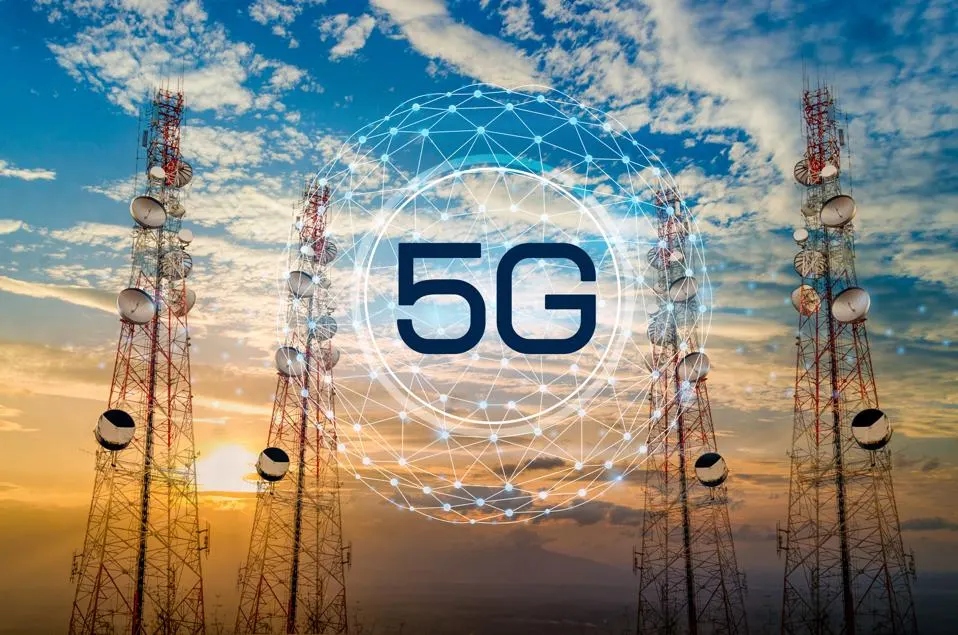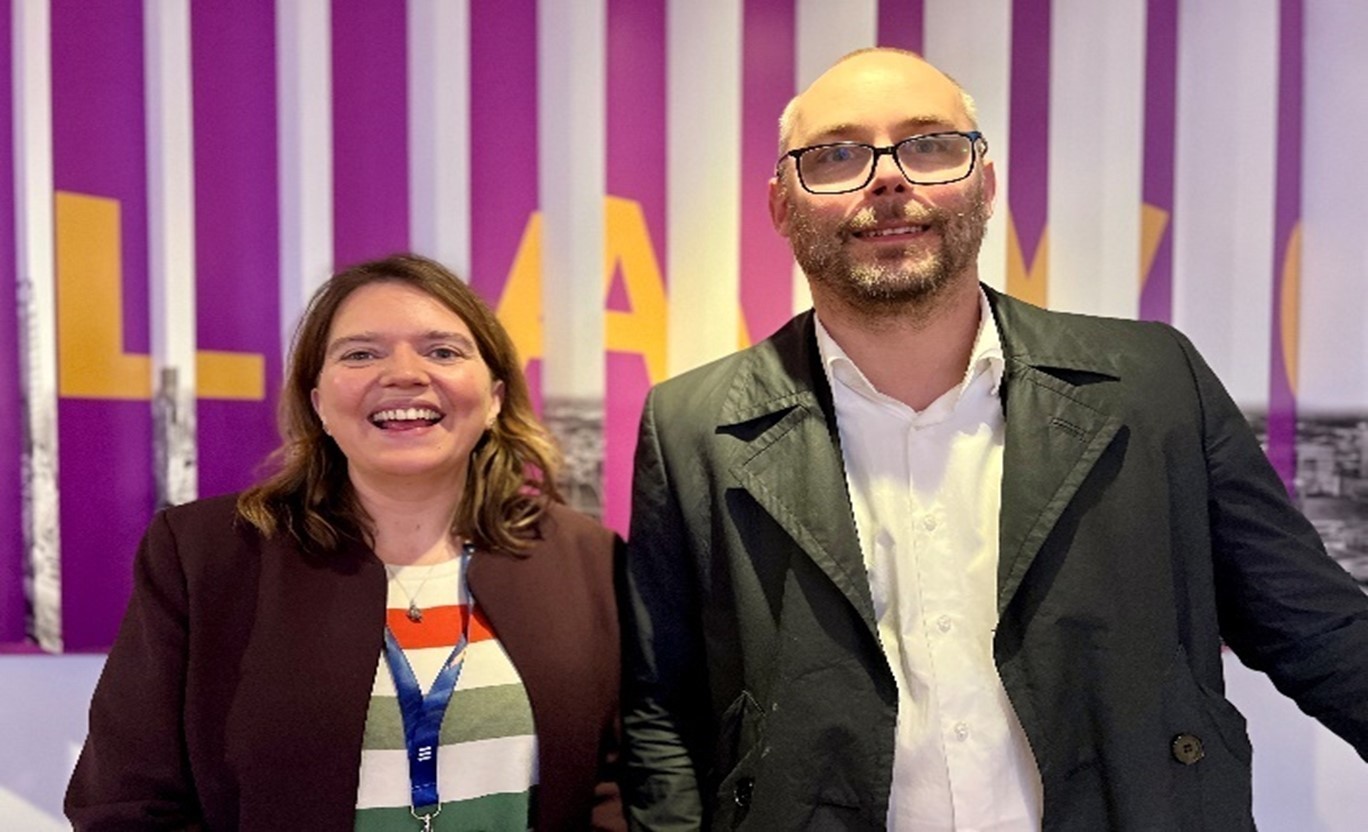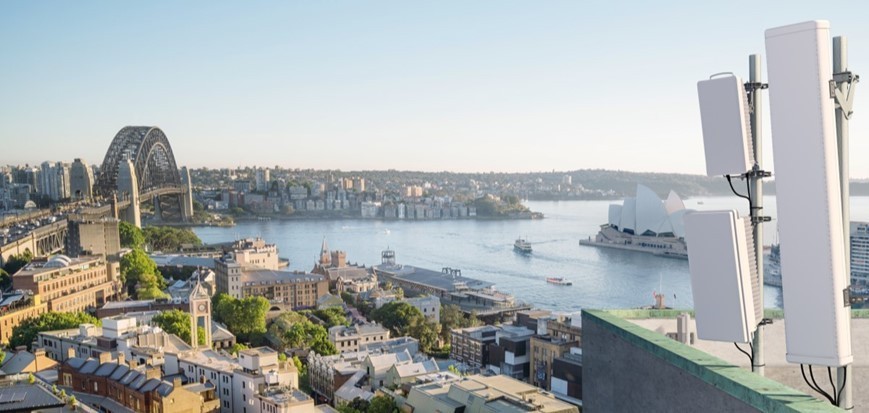Comments
- No comments found

The advent of 5G technology has sparked a wave of anticipation and excitement.
As industries brace for transformative change, understanding how to harness the full potential of 5G becomes paramount.
Connecting everything to transform people's lives! Each and every ‘G’, and technology advancements within telecoms directly, contributes to people’s lives and affords the catalyst and conduit to shape shared value business and societal innovation that scales. It was therefore a pleasure to attend Ericsson’s annual pre-MWC London analyst and press briefing in the countdown to MWC24, and with the annual Barcelona event just concluded and attracting over 110,000 attendees, it now feels an optimal moment to reflect on key trends and areas of transformation. And with a particular focus afforded on (programmable) networks and how to enable full 5G value through the ‘4 Pillars’ of more performance, sustainability, openness and automation – by design.
So, in today’s 'Age of Convergence and Consolidation', let’s explore exactly what this means for the future of the telecoms industry, and beyond, including an exploration of vectors of transformation, opportunities for communication service providers (CSPs) and a focus on radio, transport and antenna innovation. Or in other words, I believe the time is now to change the narrative on networks – moving beyond a focus on network exposure capabilities, to one that foregrounds the network as the underpinning hub for innovation in today’s mobile-first world, in combination with Cloud and Artificial Intelligence (AI).
The catalysts of business and societal transformation are evolving, accelerating and converging, from the energy transition and Net Zero, to IT/OT convergence,(the integration of information technology systems with operational technology) industrial automation, supply chain resiliency, multi-vendor environments, hybrid architectures crossing with the convergence of data, apps and devices, and the ever-increasing diversification, scope, scale and sophistication of cybersecurity threats.
In just the security area alone the extent and complexity of the challenge is clear, from the rise in nation-state actors and organised crime group (OCG) activity, right through to the speed of ransomware threats and the duel-edged sword of AI and GenAI, which can both be employed to negate risks; or equally, to actually create them, for example the rise in Machine Learning Poisoning seen via Large Language Models (LLMs).
Increased ecosystem collaboration is a growing trend, exemplified by Ericsson's recent agreement of a $14 billion partnership with AT&T. This represents the largest Open RAN deal in the industry and is testament to the focus on open network architecture with the two companies also recently completing the first Cloud RAN call.
Additional vectors of change include infrastructure cloudification, a move towards horizontal architecture with vendor diversity and the potential around open interfaces. Further, the role and impact of legislation moves center stage, from regulator rules in the sphere of mobile telecom mergers & acquisitions (M&As) to AI and GenAI Governance, a focus exemplified by Ericsson’s recent appointment of Rebecca Rohr as Chief Compliance Officer.
Specific cost pressures continue apace, including high spectrum fees alongside the fundamental data challenge affecting all sectors with the increase of data that is scattered across on-prem, hybrid and multi-cloud environments. Did you know that $12.9 Million represents the average organizational cost of poor data quality each and every year? It is clear, that even in today’s 'Age of (Gen)AI', data remains your differentiator.
''Leveraging the evolving capabilities of 5G networks to create new value pools will be essential for service providers to reach profitable growth’’ Fredrik Jejdling EVP and Head of Networks

The complex and dynamic landscape outlined is naturally impacting CSP business opportunities and the potential to create new value which both EVP and Head of Networks Fredrik Jejdling and Cecilia Atterwall, VP, Head of Marketing at Ericsson highlighted across 4 key areas, underpinned by insights from the ‘Ericsson Mobility Report Business Review 2024’
🔹 Enhanced Mobile Broadband (eMBB) – more efficient & superior version of 4G MBB
🔹 Fixed Wireless Access (FWA) & Wireless WAN - for residential and enterprise segments, affording higher average revenue per user (ARPU). Markets such as the US are identified as showing notable growth from FWA as a means of facilitating broadband to the home
🔹 Differentiated Connectivity Solutions –.including private networks for enterprises, time-critical communication, and network slicing for consumers or enterprises using public 5G standalone connectivity
🔹 Innovation, Ecosystem Growth, Programmable Networks - network API’s empower application developers to innovate on a large scale
CSPs worldwide are offering or exploring services and go-to-market models, building on the growth of global 5G Subscriptions to a significant 1.6 Billion (Nov 23) as highlighted in the latest release of the annual Ericsson Mobility Report – this equates to c.18% of all mobile subscriptions. Today, some 290 5G networks have been launched commercially already - with over 40 offering services to their customers based on more advanced 5G standalone technology (5G SA). This capacity to offer high performing, differentiated networks on 5G SA heralds the next stage of growth, unlocking the opportunities of performance-based business models, alongside increasing the accessibility of network capabilities to developers via open APIs.
And looking ahead, in today’s 'Age of Convergence', I believe Ericsson’s research aligns with broader studies, such as ‘5G & Beyond’ by Capgemini, which foregrounds the imperative for effective monetisation strategies whilst reflecting the ‘cross-cutting themes’ of the next wave of 5G – bringing together 5G mobile networks, PNs, Satellite, NTN and mission-critical communications. This will further expand the ability of the network ecosystem to resolve issues across multiple verticals, and foster new business opportunities. As Ericsson President and CEO Börje Ekholm describes:
‘To fully take advantage of a mobile-first world, we need to work together to build high-performing, programmable and fully automated networks globally, revolutionizing how people can access and consume network capabilities’
The capacity to optimise innovation AND minimize energy consumption? This seems the perfect alignment of environmental, social and governance (ESG) targets and performance. And especially so in a context where achieving and demonstrating energy efficiency in Radio Access Networks (RAN) has never mattered more, and considering that the majority of energy consumption within a telecoms network actually originates from RAN. A recent GSMA Intelligence study estimates the contribution to be as high as 80%.
At the pre-MWC briefing event, EVP and Head of Networks Fredrik Jejdling introduced extensive enhancements to Ericsson Networks’ radio, transport and antenna portfolio, joined by Johan Hultell Head of Product Line Radio, Product Management who I had the pleasure to speak to in depth around related themes previously here.

Centre of attention was the launch of 7 new radios that are all ‘hardware ready’ to support Open RAN fronthaul interfaces. The Remote Radios (Radio 4823, Radio 4461HP (high power), Radio 8873 and Radio 8873HP) are all being built with the latest Ericsson Silicon System on a Chip (SoC). And the next generation Massive MIMO SoC for beamforming, full uplink receiver and eCPRI, with more uplink accelerators and improved energy efficiency, is present in both the new AIR 3255 and AIR 3284 models. Across these discussions the ‘Networks of the Future’ was brought to life – one that can be actualised in 3 key steps: 1. Modernisation 2. Industrialisation 3. Transformation.
I especially concurred with Fredrik’s observations around a move towards horizontal architecture with vendor diversity across the layers of the architecture, including radio units. And with such a positive reaction to the news, no wonder perhaps then that the hardware wall was centre stage at the Ericsson Pavilion amongst some 70+ demos at MWC24, addressing exactly these needs! A range of efficiency, sustainability and energy- saving tools have personally stood out, from eliminated fans with passive cooling, to features such as power amplifiers and Deep Sleep. In combination, this makes Ericsson's radio product line-up the most comprehensive and sustainable Open RAN-prepared (packet fronthaul-based eCPRI) radio portfolio in the industry.
And there’s more! Materials matter, and smaller and lighter equates to having less components and therefore less power consumption. This was exemplified by Ericsson’s 32T32R C band radio, which was already the world’s lightest and smallest – but has just got even lighter and smaller! The introduction of the AIR 3255 – a groundbreaking Massive MIMO TDD affords a 20% lower embodied carbon footprint whilst also achieving 25% percent energy savings.
Features such as new low loss metal filters have also made a difference here. All together this represents a very impressive advance – especially as it is all coupled with the network performance benefits catalysed by Ericsson Silicon. Additionally, this portfolio affords depth of coverage too. As an example, if you couple the AIR 3255, with the 4486 and 4485 Radios you gain the capacity to cover 7 frequency layers - in one sector!

AIR 3284, triple-band Massive MIMO FDD with 32 transmitters and receivers (32T/32R)
Radio and Backhaul E-Band Radio Dates *
· AIR 5343 Q1 2024
· AIR 3255 Flagship Q4 2024
· AIR 3284 1H 2025 (Est Q1 2025)
· Radio 4823 Q3 2024
· Radio 4461HP: Q4 2024
· Radio 8873HP: Q4 2024
· Radio 8873: Q1 2025
*Estimated Product ‘Ready for Acceptance’ Dates
And with respect to Antennas – whose impact is often understated as the ‘gateway between physical and digital worlds’, I highly recommend this article which demonstrates their critical role in both performance and energy efficiency advances within networks, as exemplified by Ericsson Antenna Systems. In addition, the introduction of FRMCS 5G antennas for railway communications ‘signals’ a transformation in this arena, paving the way from GSM-R to 5G-based FRMCS. And finally, you can also learn more about the ‘3 R’s’ in building energy efficient mobile networks, namely ‘Resilience, Readiness and Robustness’, in my earlier conversation with Head of Site, Martin Högberg available here.
Antenna Dates *
· Antenna 4206 2L 4M 2.1m Planned GA Q4/2024
· MINI-LINK 6355 GA End Q1 2025
*Estimated Product ‘Ready for Acceptance’ Dates
A highly experienced chief technology officer, professor in advanced technologies, and a global strategic advisor on digital transformation, Sally Eaves specialises in the application of emergent technologies, notably AI, 5G, cloud, security, and IoT disciplines, for business and IT transformation, alongside social impact at scale, especially from sustainability and DEI perspectives.
An international keynote speaker and author, Sally was an inaugural recipient of the Frontier Technology and Social Impact award, presented at the United Nations, and has been described as the "torchbearer for ethical tech", founding Aspirational Futures to enhance inclusion, diversity, and belonging in the technology space and beyond. Sally is also the chair for the Global Cyber Trust at GFCYBER.
Dr. Sally Eaves is a highly experienced Chief Technology Officer, Professor in Advanced Technologies and a Global Strategic Advisor on Digital Transformation specialising in the application of emergent technologies, notably AI, FinTech, Blockchain & 5G disciplines, for business transformation and social impact at scale. An international Keynote Speaker and Author, Sally was an inaugural recipient of the Frontier Technology and Social Impact award, presented at the United Nations in 2018 and has been described as the ‘torchbearer for ethical tech’ founding Aspirational Futures to enhance inclusion, diversity and belonging in the technology space and beyond.
Leave your comments
Post comment as a guest